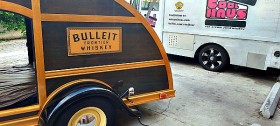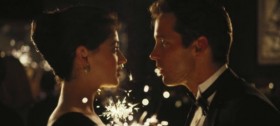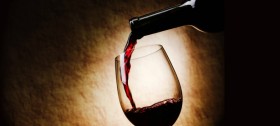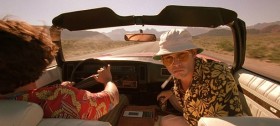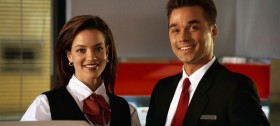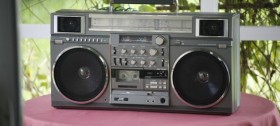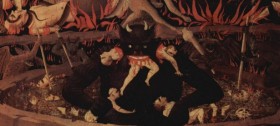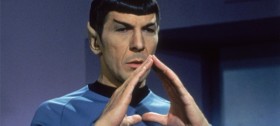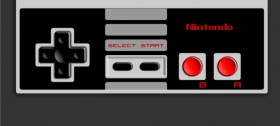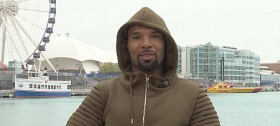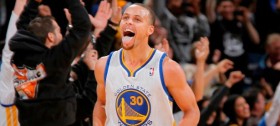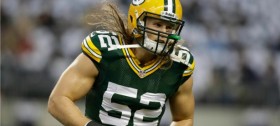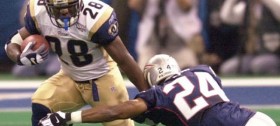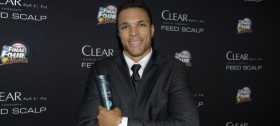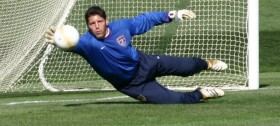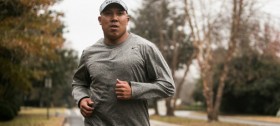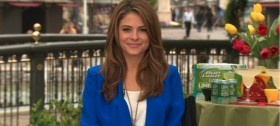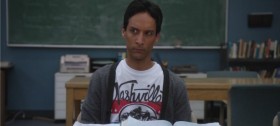Posts tagged science

Adam Savage from “Mythbusters” talks about the show’s 10 Year Anniversary and more
If you ever have watched “Mythbusters” you know that the show’s co-host Adam Savage has a deep passion for science. He and his partner in crime, Jamie Hyneman, along with the rest of the “Mythbusters” crew is celebrating the show’s 10 year anniversary this season.
Savage is a modern day “Renaissance Man.” Not only is he heavily involved in science, but Adam had a love for the arts. In his free time he sculpts and has had his work on display in San Francisco, New York and Charleston, West Virginia.
Adam has done special effects work from notable films and TV shows. He has worked on props for films like “Star Wars Episode I: The Phantom Menace,” “Star Wars Episode II: Attack of the Clones”, “Galaxy Quest”, and “Terminator 3.”
I was able to chat with Adam about the longevity of “Mythbusters,” sculpting, and his work on film sets.
Art Eddy: First off I have to say congrats to you and the rest of the crew on “Mythbusters” for celebrating the show’s 10 year anniversary this year. I know the cliché is time flies when you are having fun, but do you feel like the show has been on for that long?
Adam Savage: No. Not at all. We kind of joke about it. When we go back through the stuff that we have done the thing that lets us know that it has been that long is that it is kind of an unbelievable mountain of things we did when we start to review for new episodes. We would be like oh I think that we already have done that.
We will remember a whole bunch of things from that episode we did seven years ago. For the most part we are having so much fun that I can’t remember what we did a couple of weeks ago.
AE: Do you have a favorite all time episode?
AS: It is impossible to choose. There are so many categories of things that were great to do. I love “Duct Tape Island” and “Duct Tape Cannon”, escaping from the Grand Canyon with Duct Tape. I think that these are really wonderful stories that were fun to tell.
I enjoyed very much the hybrid storytelling of jumping outside the standard “Mythbusters” format to still tell a story that was a true story in terms of the physics and in terms of the materials. I also love shows where we have done research that was genuinely part of some actual scientific published paper.
When we did “Drain Disaster” where we had manhole covers being blown off from the sewer. That was actually part of a published scientific paper that researchers helped us with that and we helped them. They were the leaders in their field of investigating the composition of gases at near supersonic speeds in sewer explosions. They never had the ability to build an experiment as large as the one we were able to build with their help. We were really proud that we were able to contribute to that.
All told with the storytelling and the problem solving in the science, really a high point and a great example of the highest ideal for both me and Jamie is “Lead Balloon.” We really feel that “Lead Balloon” shows this beautiful balance between taking something that is essentially mundane like building a bag that holds air that is made out of rolled lead. It demonstrates how difficult the process is, how much you kind of have to see into the future to understand on how to solve that problem. The way that Jamie and I worked together in a kind of unique way in which the participation of the two of us exceeds what one of us could do on our own.
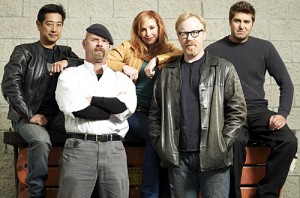 AE: Was there ever a time where you went back after the show and did an experiment because you didn’t trust the results the first time?
AE: Was there ever a time where you went back after the show and did an experiment because you didn’t trust the results the first time?
AS: That is an interesting question. There are times when we are trying to do something sensitive. We actually might send the crew out so that we can really concentrate. When it is really working we are able to film everything that we are doing all at the same time.
There are times where we need all of our concentration on the experiment itself and not be thinking about the storytelling. We might send the crew out while we fix it or figure out what’s wrong. Wrap our heads around what is happening. Then bring them back and backfill what happened. No one ever made a lead balloon before.
That’s another thing that I am quite proud of over the years. I know we have done several things on this show that no one has ever achieved before. Most of those thing are quite mundane, but it is lovely to be first somewhere.
AE: At what point or which season did you and your co-host Jamie Hyneman feel like you had something special in “Mythbusters?”
AS: That all really happened quite slowly for us. We were originally hired talent on “Mythbusters.” We learned how to be on television while being on television. It is actually the same way both of us learned most of our professional skills over the years. We call it “the learn while you earn program.”
Given that it took us a while to really understand that the show’s structure and story was based on our enthusiasm. The best episodes were the ones where we were having the most fun. Not necessarily the genuine fun, but the ones where we were most involved. The science was really interesting to us or the experimental methodology, or the build, or the mechanics or the physics, those were the ones that sang.
I guess it was about two and a half or three years in that we really started to understand that. I feel like that was right around “The Hindenburg” episode, which I think is episode 60, where we really genuinely began to feel like the show was ours. We had a handle on it. We knew how to approach these problems.
AE: You are also are a sculptor. How did you get into that form of art?
AS: That’s interesting because it’s something that I have been thinking about a lot right now. I grew up with a father who was a working artist, a painter. He engineered his whole life so he could work for three or four months of the year and pay for his mortgage. He would spend the rest of his time painting full time. I mean like four to five hours a day every single day.
I grew up with a lot of artists. Art is a conversation. It is not just a conversation between the artist and the culture. I think that at its best it is a conversation between the culture and itself. The artist is a conduit to what the culture is thinking about itself. So there is a wider consciousness there.
Freud might have called it the oceanic feeling, but I think of the artist as a kind of conduit. I spent a lot of time in my early 20s in being an artist. There was a switch when I discovered these skills that led me so creatively as an artist also fed me creatively and professionally in special effects. I made a turn.
I don’t think that I have stopped being an artist. I don’t think that I have stopped having that conversation with my culture, but I put it in a different context. I am in the process of looking at the things I do in my personal life like replicate movie props that I loved, film things that I want to film, and try things that I want to try out. I am starting to think about them in the context of how they fit into the culture that I am a part of and how I might be a part of the conversation.
AE: I love the fact that you have done special effects for “Star Wars Episode I and Episode II.” What were some of the parts of each film that you worked on? 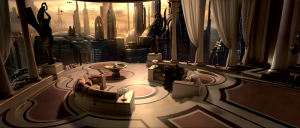
AS: For “Episode I” I got to work with a wonderful longtime ILM employee named Larry Tan on Nute and Rune’s Neimoidian shuttle. So when it lands on Naboo and you see the shuttle on the deck in Naboo and the two characters get out, the home landing bay, the interior of it I got to build it. I worked on the design of it with Doug Chiang, the production designer, and I got to paint it and light it. It was really thrilling. It was one of my first big jobs at ILM getting to work on a spaceship which was all I wanted to do since I was 11 years old.
For “Episode II” there are a bunch of exterior close ups of Padme’s apartment. That was actually a model. My friend Fon Davis and I built a large six foot tall model of Padme’s apartment with the windows and interior all accurate so that they could match up the inside and outside.
I think one of the most fun things I have worked on the whole time I was at ILM is the space shuttle for Clint Eastwood’s movie “Space Cowboys.” That was a team about six of us that spent three or four months, maybe even longer, making what I think must be one of the most accurate models of a space shuttle ever built for film.
AE: Speaking of “Star Wars” I saw a video of you and Jamie talking about your favorite film characters. He said Chewbacca was like Jar Jar Binks. I have to say I was stunned when I heard that. How much “hate mail” did Jamie get?
AS: I have no idea. I just viewed that as so incendiary. I have to chalk it up to that Jamie was just merely in a bad mood and looking for a fight. I can’t accept in any way that a human can look at Jar Jar bouncing around the world and look at Chewbacca, this wonderful example of the ultimate right hand man and think that they are in all comparable in any way, shape or form.
To listen to the entire interview click here.
Jul 9th

